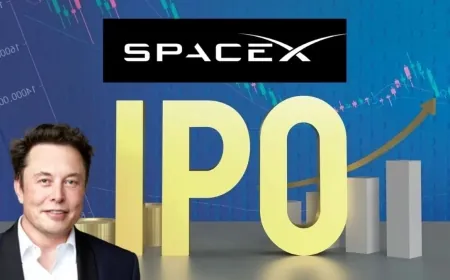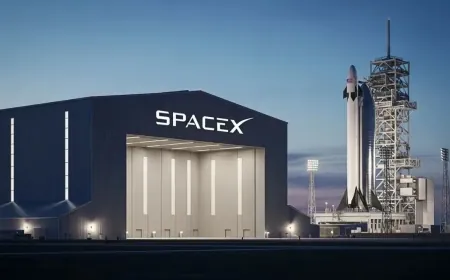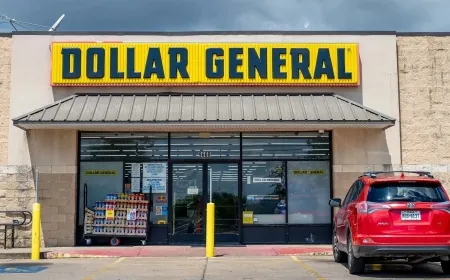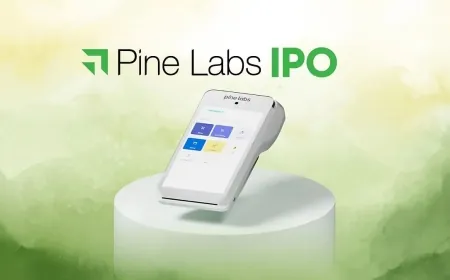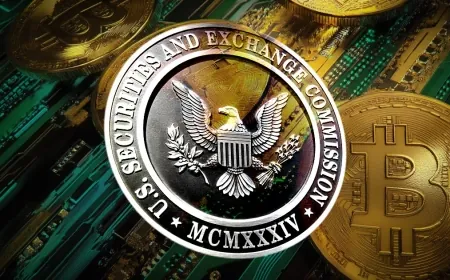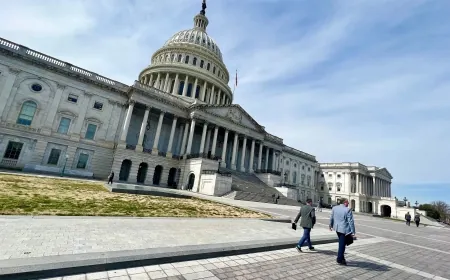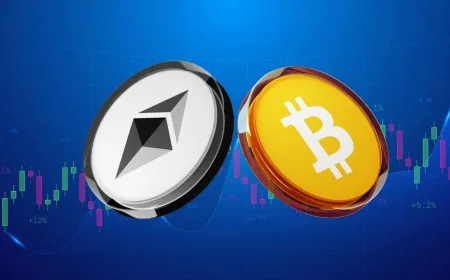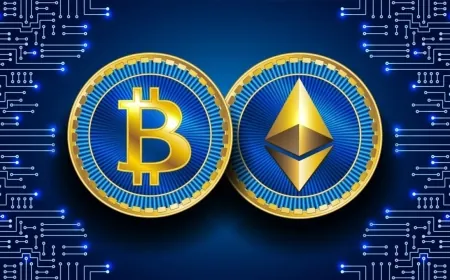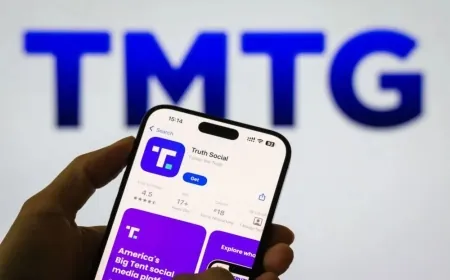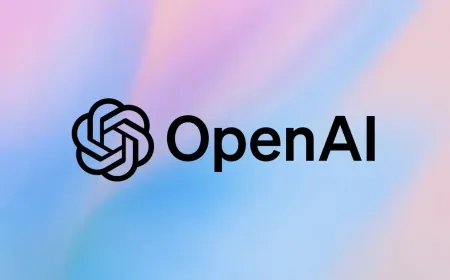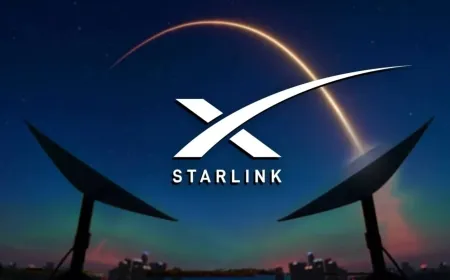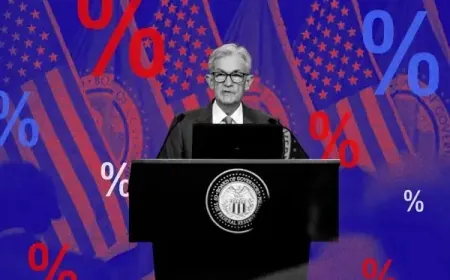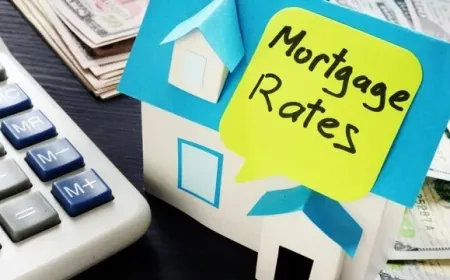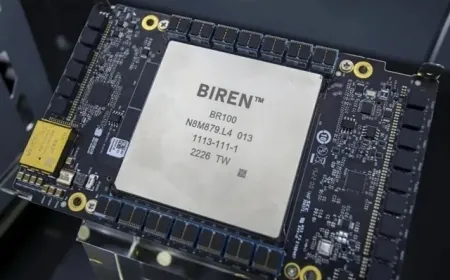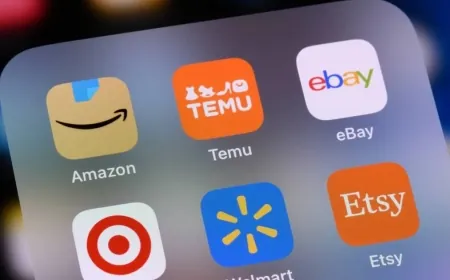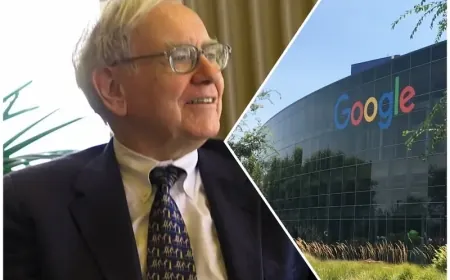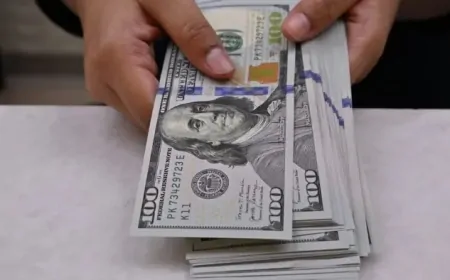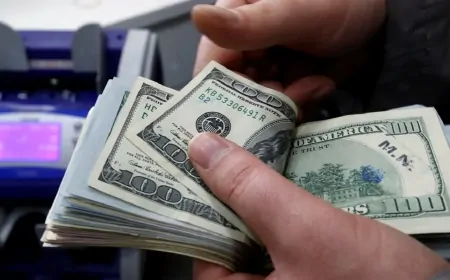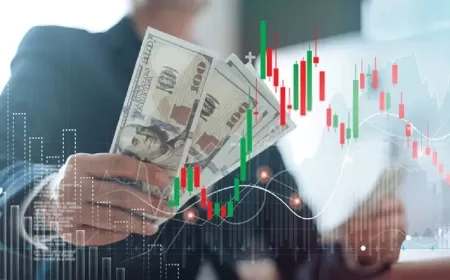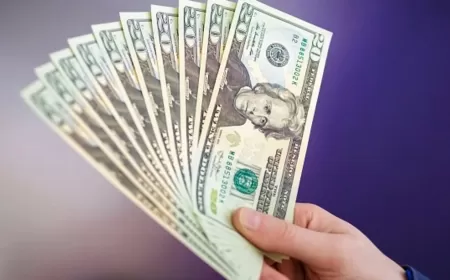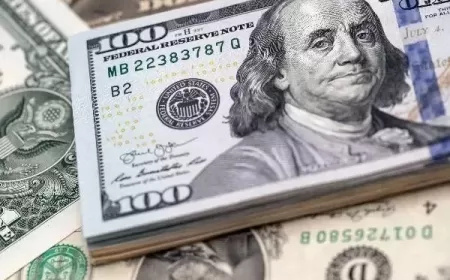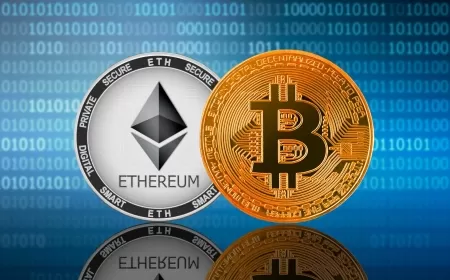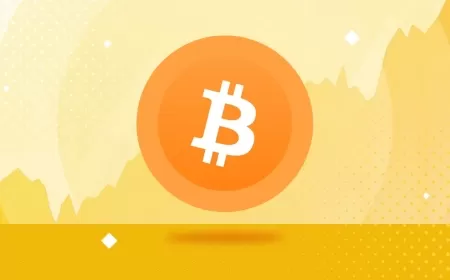XRP Set for New Rally as Ripple Ends SEC Dispute and Expands Global Use
Ripple closes its SEC case and pushes wider adoption of XRP in payments, reviving hopes of a stronger market run before 2029.
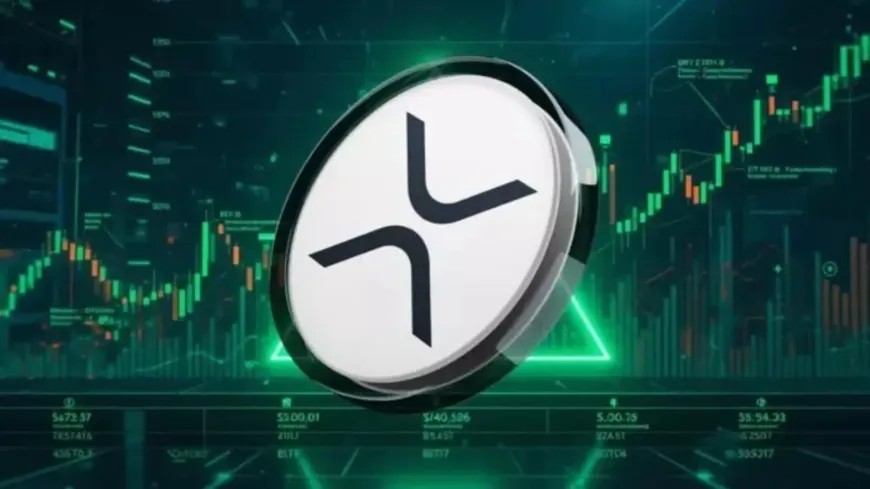
Key Points
Ripple’s cryptocurrency XRP has been part of the digital asset market for more than a decade, but its real potential is only now beginning to unfold. Originally created to make global payments faster and cheaper, XRP was designed to solve a practical problem rather than just exist as another speculative coin. For years, however, its progress was slowed by legal battles and unclear regulations that kept many investors on the sidelines.
The biggest turning point came when Ripple finally settled its long-running case with the U.S. Securities and Exchange Commission. After nearly five years of uncertainty, courts ruled that Ripple’s sales of XRP to large institutions had violated securities laws but ordinary transactions had not. Ripple agreed to pay a fine and both sides withdrew their appeals, putting an end to one of the most damaging clouds hanging over the company. With the legal issue behind it, Ripple has regained the freedom to focus on expanding its technology and partnerships, and that has already boosted market confidence.
At the same time, the overall environment for cryptocurrencies in the United States has improved. Lawmakers are now setting clearer rules for how digital assets are defined and traded, rather than treating the industry as a gray area. Banks have been allowed to develop digital asset custody services, and new regulations are encouraging responsible blockchain innovation. The shift in tone from enforcement to structure has given companies like Ripple a better chance to grow within the financial system instead of being treated as outsiders.
Institutional investors are also starting to show serious interest in XRP. Although Ripple can no longer sell tokens directly to them, large financial institutions are finding ways to gain exposure through exchange-traded funds and derivatives. Several applications for XRP ETFs are already under review, and early trading data in futures markets suggests strong demand. If these funds are approved, institutional participation could add significant liquidity and credibility to XRP, which would likely have a positive impact on its price.
Ripple’s biggest strength remains the usefulness of its technology. RippleNet allows banks and payment providers to send money across borders in seconds, cutting out the long waiting times and high fees that come with traditional systems. Its On-Demand Liquidity feature uses XRP as a bridge between currencies, removing the need for institutions to maintain reserves in multiple countries. Major players such as Santander, PNC, and American Express have already tested or adopted parts of Ripple’s system. Beyond payments, the XRP Ledger is gaining traction for asset tokenization, stablecoin settlements, and decentralized finance projects. Each of these adds real demand for XRP, giving it value beyond speculation.
If the current momentum continues, XRP could be in a strong position heading into the next major crypto cycle around 2029. With the lawsuit resolved, friendlier regulations in place, and growing institutional and commercial use, XRP has a chance to reach new highs—possibly above $10 if adoption deepens. That outcome depends on consistent network growth and broader participation from banks and investors, but for the first time in years, the path forward looks clear. Ripple has endured its hardest years and emerged stronger, with a technology that serves a genuine purpose and a market that is finally ready to support it.
Also Read: Ripple Partners With Mastercard and Gemini to Use RLUSD Stablecoin for Credit Card Settlement





